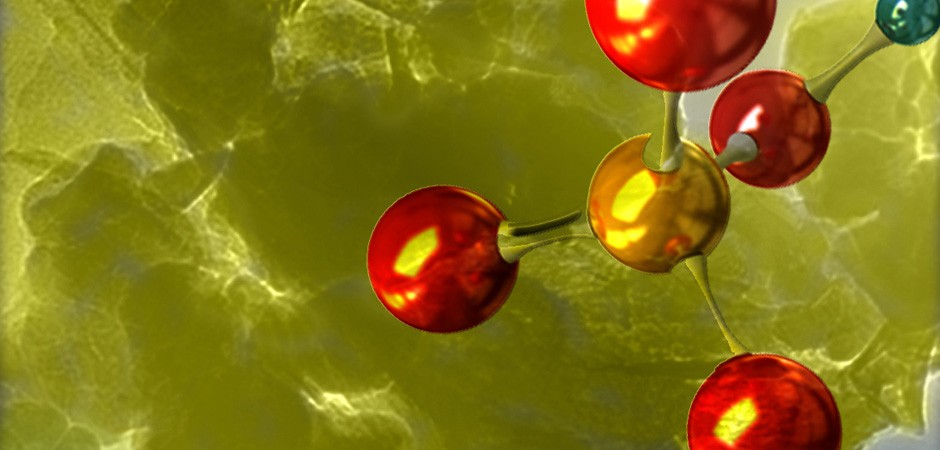- Details
- Published on 01 January 2011
 |
Volume 8, Issue 2, July 2019 ISSN: 0866-7411 In this issue (20 articles) Proceedings of the 10th Vietnam National Conference on Catalysis and Adsorption "Catalysis – Adsorption for Refining, Petrochemical Processes, renewable energy and sustainable development" |
- Details
- Published on 06 August 2020
Effects of Silica Sources on the Morphology and Acid Properties of SAPO-34 Molecular Sieves
School of Chemical Engineering, Hanoi University of Science and Technology, Hanoi, Vietnam
, Volume 8, Issue 2, pp 1–6
ABSTRACT
Silicon-substituted aluminophosphates SAPO-34 molecular sieve has been synthesized under hydrothermal condition by using triethylamine, tetraethylammonium hydroxide, and morpholine as organic structure-directing agents, with different silica sources, such as TEOS and colloidal silica. The extent and effects of silicon substitution on these materials have been investigated by X-ray diffraction, field emission scanning electron microscopy and energy-dispersive X-ray analysis. Their acidity has been measured quantitatively by temperature-programmed desorption of ammonia. Using TEOS as silica source may result in smaller particles, but a lower level of silicon substitution for aluminium and phosphorus compared to colloidal silica.
- Details
- Published on 06 August 2020
Study on the synthesis of spinel ferrite CuxMg1-xFe2O4 (x=0.5) and its application for removal of heavy metal in aqueous media
1 Viện Hóa học - Vật liệu, Viện KH - CN quân sự.
2 Học viện Kỹ thuật quân sự
, Volume 8, Issue 2, pp 7–11
ABSTRACT
In this study, CuxMg1-xFe2O4 (x=0.5) spinel nanomaterial has been synthesized by co-precipitation method at temperature of 80 °C in aqueous solution, the obtained metals hydroxides were sintered at 600 °C for 3 h. The microstructure and properties of the resultant materials were investigated through Scanning electron microscopy (SEM) technique and XRD pattern. The average particle size was calculated by using Debye Scherer’s formula using XRD data. The obtained spinel has an average particles size of 18 nm. The adsorption behavior toward Lead ions of the spinel nanomaterials were investigated, which exhibit that the CuxMg1-xFe2O4 (x=0.5) has high adsorption capability toward Pb ions in aqueous solution with maximal adsorption capacity of 51.282 mg/g. With high adsorption capability, this ternary spinel nanomaterials can be a promising adsorbent to remove the toxic lead ions out of water.
- Details
- Published on 06 August 2020
Removal of Ferric Iron from Aqueous Solution by Adsorption onto MOF-FeBDC-EDTA
School of Chemical Engineering, Hanoi University of Science and Technology, Hanoi, VIETNAM
, Volume 8, Issue 2, pp 12–16
ABSTRACT
The efficient removal of heavy metal ions from water has become an important issue from environmental aspect. Recently, porous metal-organic frameworks (MOFs) have been proposed as promising materials in the capture of various toxic substances, including heavy metal ions, due to their unique characteristics. Herein, we report the development of MOF-FeBDC-EDTA material as a ferric iron trap by incorporation of ethylenediaminetetraacetic acid (EDTA) into the robust MOF-FeBDC (BDC = benzene 1,4-dicarboxylic acid). The experiments show that the trap is very effective with Fe3+ removal efficiencies of >86%. The adsorption of ferric iron onto FeBDC-EDTA material obeys the Langmuir model through the coordination interaction with the absorption capacity is of 244 mg/g.
- Details
- Published on 06 August 2020
Manufacturing technology of energy materials used in the charge of 23mm ammunition weapon type ZU-23
, Volume 8, Issue 2, pp 17–22
ABSTRACT
Now, with the development of domestic military science in our country, many high-energy materials such as propellants have been stably produced, some of our special propellant still need to be imported abroad. Including propellant 5/7SFL for the 23 mm artillery cartridge ZU-23, this is a phlegmatized propellant. In this article, the authors will present the technology for the production of semi-finished propellants (before phlegmatization) on the Z production line and this domestic domestication technology, which will make it possible to discharge for the 23-mm cartridge mentioned above.















